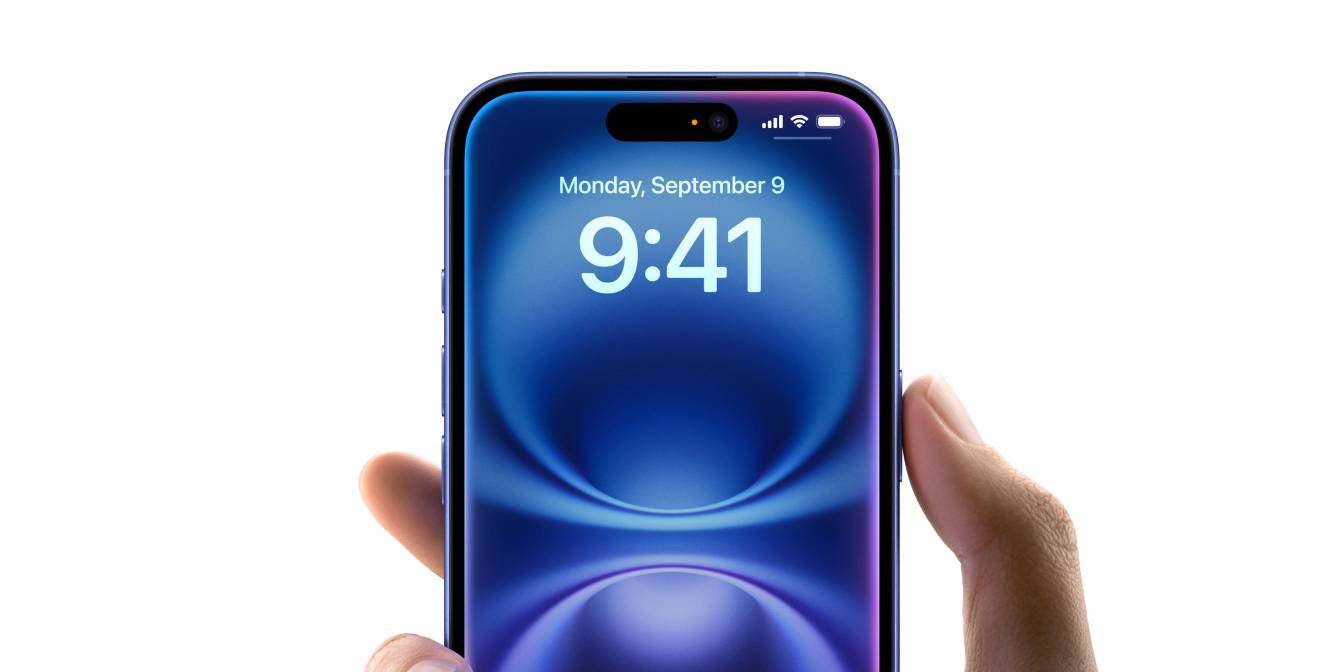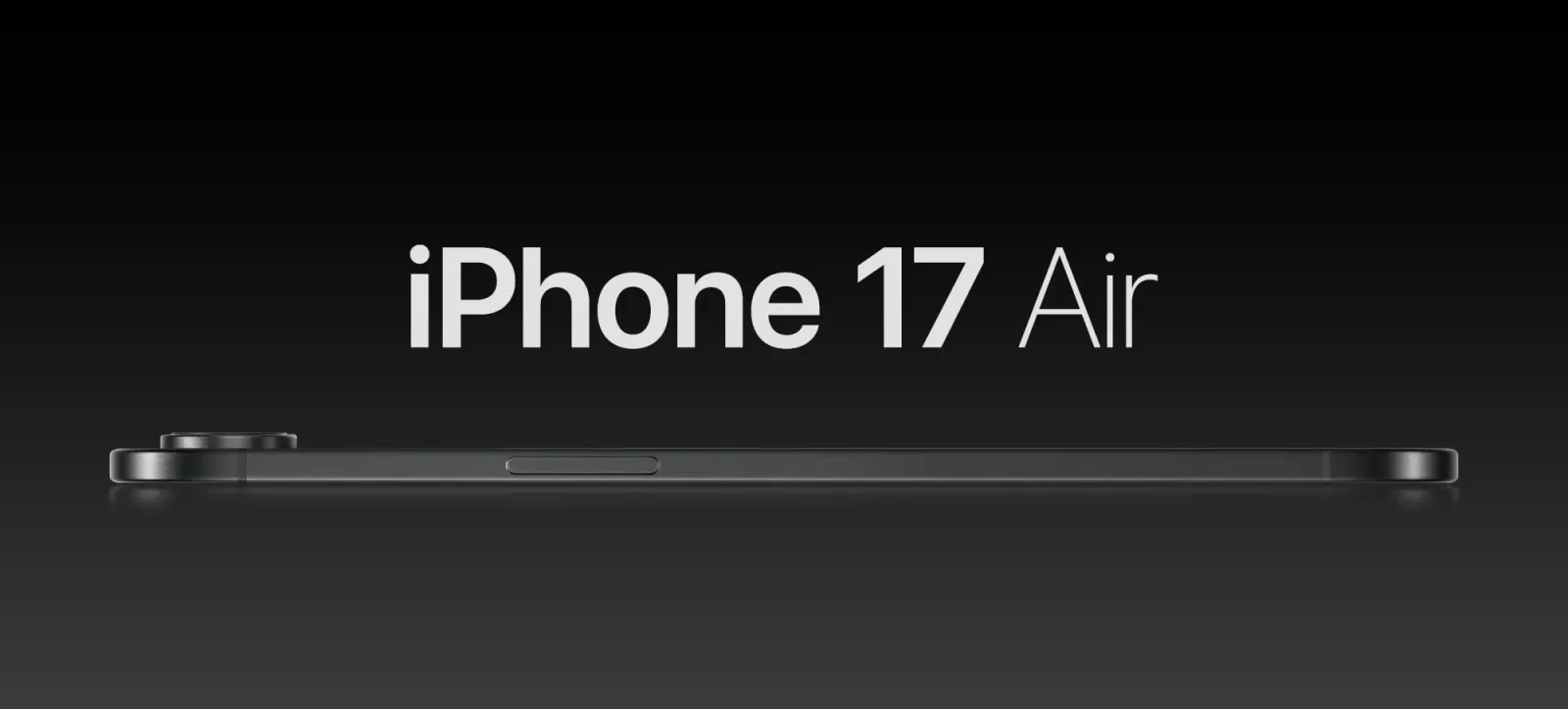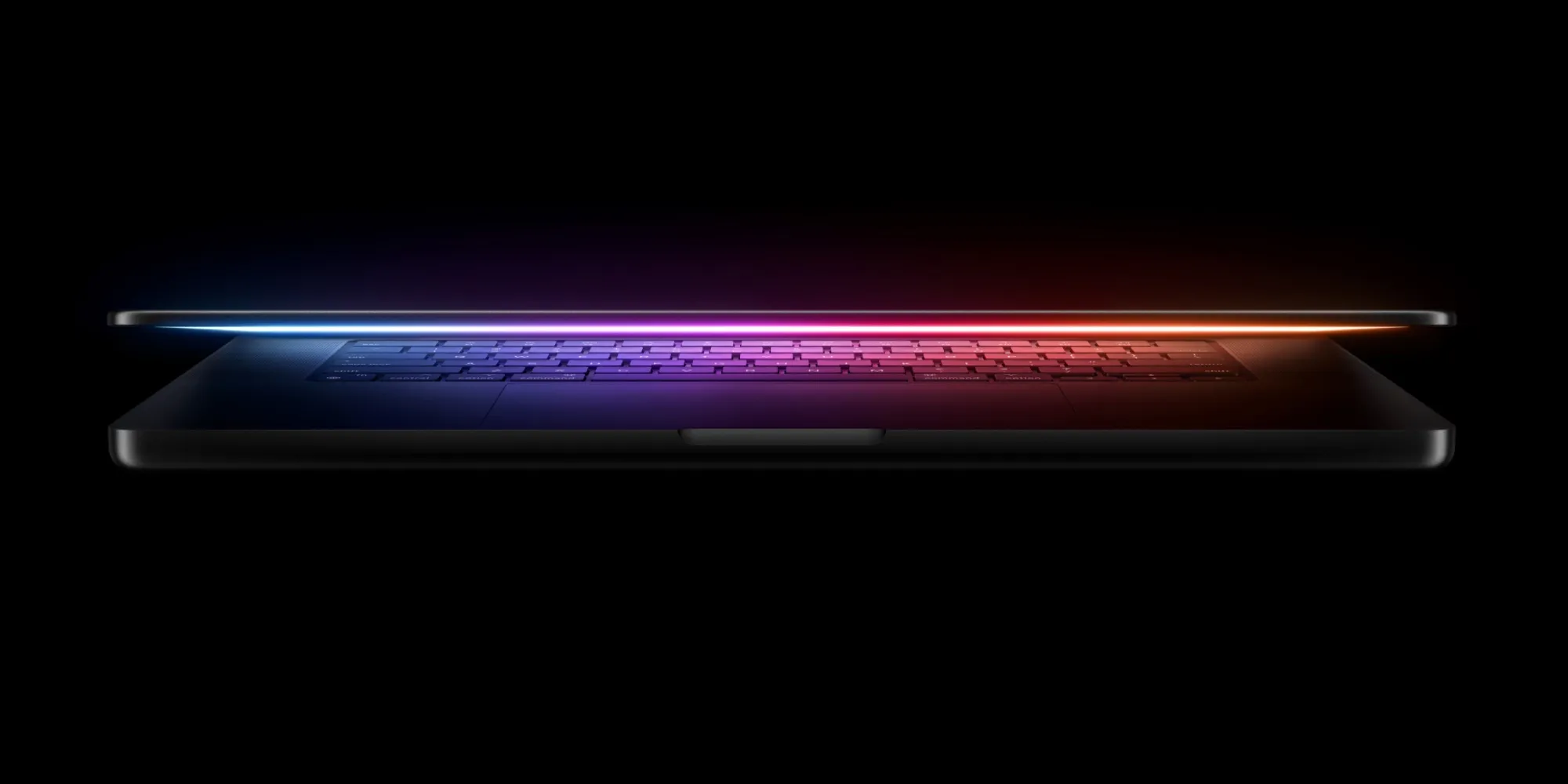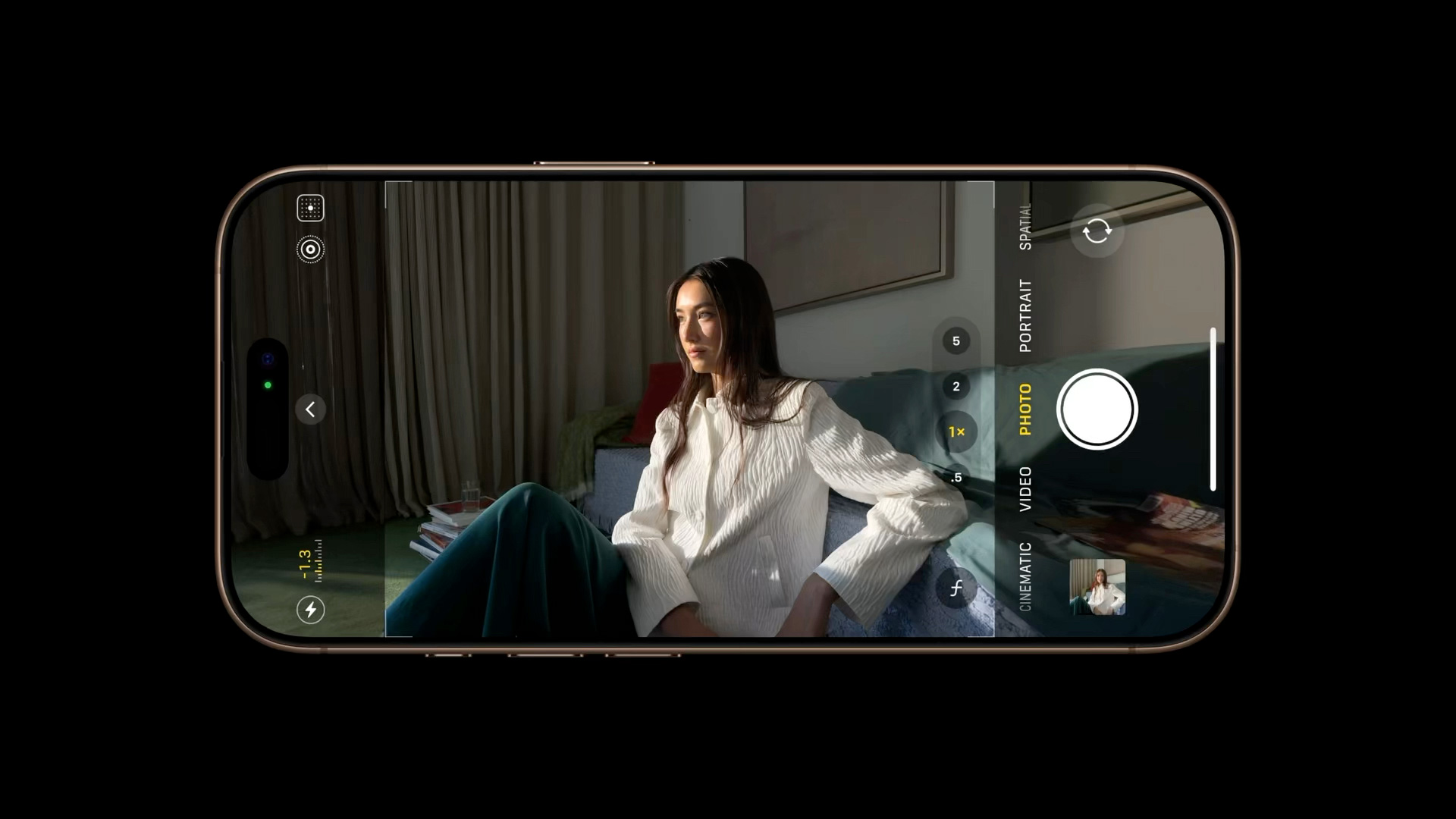The world of technology is abuzz with whispers of Apple’s next flagship, the iPhone 17. While official details remain shrouded in secrecy, a flurry of rumors and leaks paints a compelling picture of what we can expect. One of the most intriguing whispers centers around a significant design refinement: a smoother, more fluid transition between the device’s edges and its back. This subtle yet impactful change promises to elevate the iPhone’s aesthetic and tactile experience.
Industry insiders suggest Apple is pioneering a novel material splicing process, a delicate dance of glass and metal that will redefine the iPhone’s contours. This isn’t merely a minor tweak; it’s a “process overhaul,” hinting at sophisticated new manufacturing techniques. Imagine running your fingers along the edge of the phone, feeling a continuous, unbroken surface where the glass and metal meet. This seamless integration, achieved through a carefully engineered slope rather than a distinct step, promises a level of refinement previously unseen.
The term “deco,” often used in manufacturing contexts, likely refers to this aesthetic transition – the precise point where the glass back gracefully merges with the aluminum frame. This area, often a point of visual and tactile discontinuity in other devices, is set to become a hallmark of the iPhone 17’s design.
A Return to Aluminum and a Bold New Back Design
For the Pro models, the iPhone 17 Pro and Pro Max, rumors point towards a strategic shift in materials. After a foray into titanium, Apple is reportedly returning to aluminum for the frame. This isn’t a step backward, but rather a calculated move that allows for another daring design choice: a unique half-aluminum, half-glass back.
Picture this: the top portion of the iPhone 17 Pro’s back crafted from sleek aluminum, providing a distinct visual and tactile contrast with the bottom half, which remains glass to facilitate wireless charging. This two-tone design isn’t just about aesthetics; it’s a testament to Apple’s commitment to both form and function, seamlessly blending premium materials with essential technologies.
This innovative approach to the back design raises questions about the standard iPhone 17 model. While details are scarce, the focus on the Pro models suggests that Apple may be reserving its most radical design changes for its premium offerings. The fate of the Plus model also hangs in the balance, with rumors suggesting its potential replacement by a redesigned “Air” model, boasting an even slimmer profile.
The Camera Evolution: A Rectangular Revolution?
The camera system, a defining feature of any iPhone, is also poised for a transformation. Leaks and whispers from the supply chain corroborate reports of a redesigned camera bump on the Pro models. The current design is expected to be replaced by a more pronounced, rectangular module crafted from aluminum rather than glass.
While some sources suggest a more elongated oval shape for the module, the consensus points towards a significant departure from the current design language. This change isn’t merely cosmetic; it likely reflects advancements in camera technology, requiring a larger housing to accommodate new sensors and lenses.
A Familiar Timeline and a Lingering Question about the SE
As with previous iterations, the iPhone 17 series is anticipated to make its debut around mid-September, a time frame familiar to Apple enthusiasts.1 This consistent release schedule has become a tradition, building anticipation and excitement for the latest innovations.
One final, intriguing note concerns the rumored fourth-generation iPhone SE. Whispers from various sources, including Fixed Focus Digital, suggest that this budget-friendly model might be rebranded as the iPhone 16E. This potential name change raises questions about Apple’s long-term strategy for its SE line and its positioning within the broader iPhone ecosystem.
The iPhone 17 is shaping up to be a compelling evolution of Apple’s iconic smartphone. From the seamless material transitions to the innovative back design and the redesigned camera system, every aspect points towards a device that pushes the boundaries of design and technology. While these details remain based on leaks and rumors, they offer a tantalizing glimpse into the future of the iPhone.




